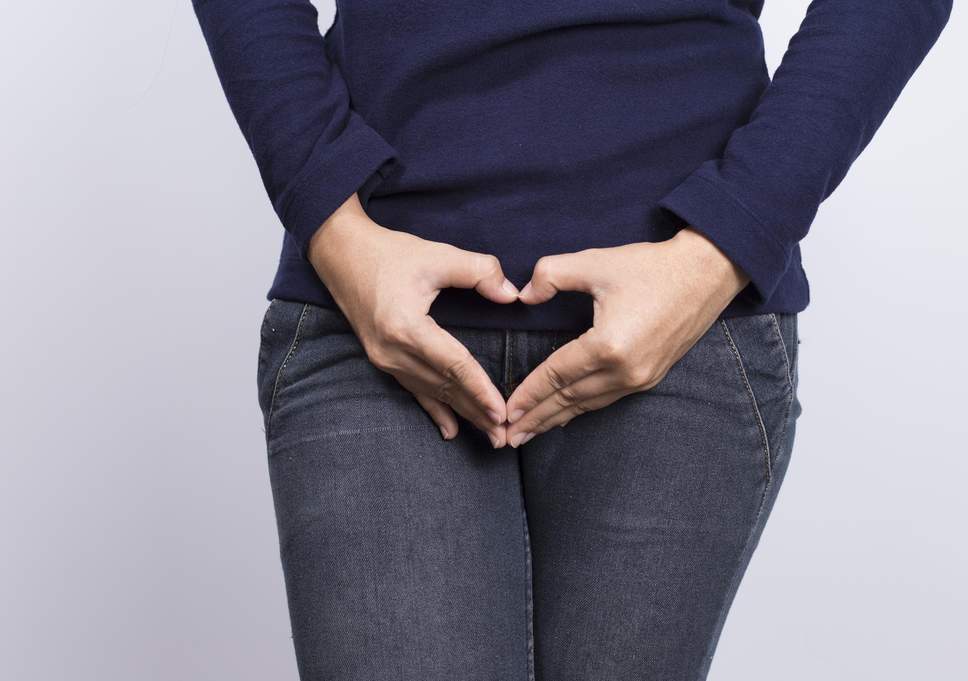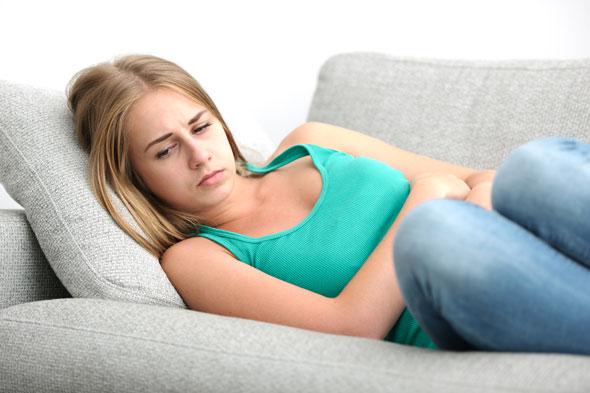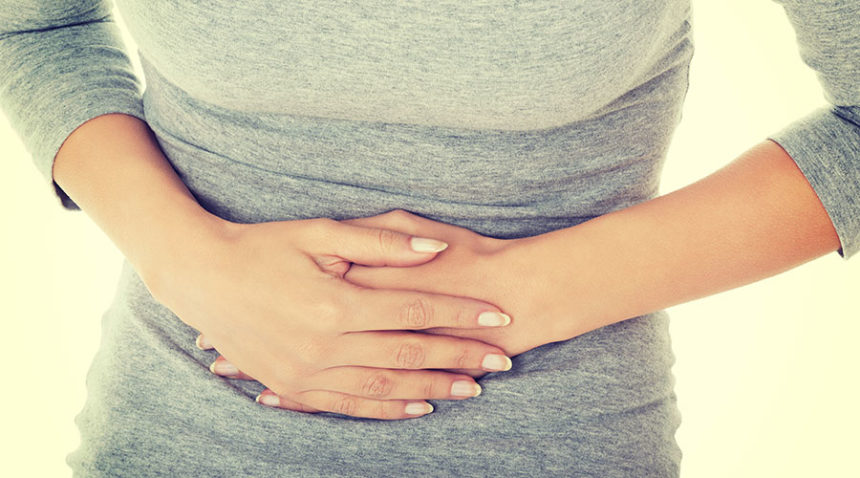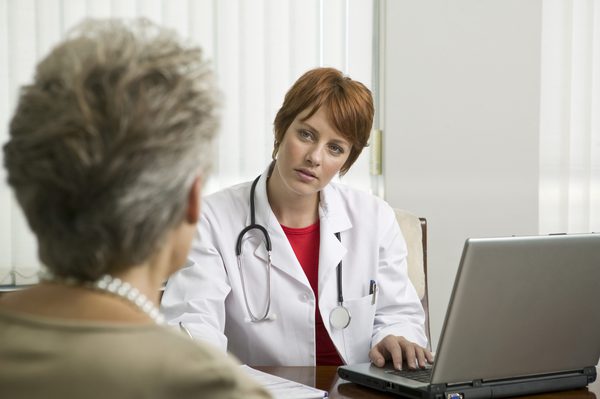Throughout their lives, women are faced with various gynecological diseases. Symptoms and signs of the disease are sometimes misleading. Only a specialist with a medical background can make the correct diagnosis. Therefore, at the first suspicion, you should consult a gynecologist.
Female diseases

This name means all the problems associated with the female genital area. Their peculiarity is such that very often they are asymptomatic, and only with exacerbation does a woman learn about her ailment. For example, benign and malignant tumors in the initial stages do not manifest themselves. Similarly, sexually transmitted diseases develop. Therefore, gynecologists strongly advise every woman to undergo a physical examination at least once every six months.
The entire list of gynecological diseases in women can be divided into several groups: genital infections, diseases of the endocrine system, as well as the most common group of hyperplastic and dystrophic diseases, which include erosion, inflammation, neoplasms, and so on.
Diseases can be identified by characteristic signs. Sometimes patients are asked: what is adenomyosis? Is this disease to be treated or not? Only a gynecologist will be able to answer questions, to whom a woman turns after finding some symptoms.
Thrush, or vaginal candidiasis

This is a fairly common problem that almost every woman faces. Thrush often appears during pregnancy or immediately after birth. The reason why candidiasis occurs is a fungus that may not manifest itself for years, but in the event of a hormonal failure or a decrease in immunity, it begins to multiply very quickly.
In addition to pregnant women, patients with diabetes are also at risk. In addition, often prolonged use of antibiotics contributes to the development of this disease. Thrush is characterized by the following symptoms of gynecological diseases:
- White discharge resembling cottage cheese. That is why vaginal candidiasis was called "thrush." Allocations are accompanied by an unpleasant odor and bring a lot of inconvenience.
- The fungus causes severe itching, which is almost impossible to get rid of.
- In the future, the patient feels excruciating pain during urination, since candidiasis affects other organs.
- Sexual intercourse becomes real torture, during which the woman also experiences pain.
Vaginal suppositories are most often used to treat this disease. At the initial stage, they are enough to fully recover. Among the drugs, such agents as Miconazole and Clotrimazole have proven themselves well. They also recommend douching and a certain diet. For example, sweet flour dishes contribute to the propagation of fungi, while sour berries, on the contrary, inhibit pathogenic microflora.
Symptoms of adenomyosis
What is adenomyosis? This disease is the proliferation of the mucous membrane of the uterine cavity with its subsequent introduction into muscle tissue. As a result, the muscles noticeably increase and thicken. Its shape sometimes resembles a ball.
At the initial stage, adenomyosis is treated quite successfully. And if it were not for the absence of symptoms, then special problems would not have arisen. Unfortunately, only in the last stages can you notice this disease by the characteristic acute spasmodic pain in the lower abdomen. During an attack, it is sometimes even difficult to relieve pain. The causes of adenomyosis are considered frequent abortions and cesarean section. For treatment, hormone therapy is used. And only in extreme cases have to do the operation.
Causes and symptoms of adnexitis

In the list of gynecological diseases in women, adnexitis is in the first place. This is a very common disease characterized by an acute inflammatory process. The cause of adnexitis is an infection, which over time can lead to the formation of adhesions in the fallopian tubes. Adnexitis (according to ICD-10 its code is N70) occurs as a result of hormonal failure, surgical intervention (abortion), sexual infections or non-compliance with hygiene standards. With weakened immunity, regular hypothermia is extremely dangerous, since they very often lead to serious consequences.
The immune system can weaken due to an improper lifestyle, poor nutrition with a lack of vitamins and minerals, lack of sleep, regular stress, and so on. Women at risk should regularly visit a gynecologist to prevent such a disease.
Adnexitis (according to ICD-10 code, see above) can be identified by the following signs:
- Due to the inflammatory process, the body temperature of the flesh rises to fever.
- As a rule, in the first stage, pain occurs in the lower left abdomen. When pressed, they intensify and give back to the lower back.
- Headache, nausea and vomiting appear.
- If you ignore the first symptoms and lack of proper treatment, the urination process is disrupted. It becomes painful and rare.
- During menstruation, blood comes out with pus.
Chronic adnexitis leads to infertility and loss of interest in sexual activity. For the treatment of inflammation of the appendages, complex therapy will be needed, which includes the use of anti-inflammatory drugs, antibiotics and vitamin preparations. In addition, because of severe pain, it is often required to drink painkillers. The course of treatment usually lasts one month. In the chronic course of the disease, syringing with sodium chloride solutions will be required, as well as paraffin therapy.
Causes and signs of vulvitis

This gynecological infectious disease affects the labia, they become inflamed. Pathogens become the cause. Symptoms of a gynecological disease are itching and skin rashes that resemble psoriasis. The skin of the labia becomes rough, small white nodules appear on it, and whitish discharge can be seen on the underwear. For the treatment of vulvitis, antibacterial agents are used in the form of ointments or suppositories.
Ovarian cyst
This benign neoplasm is characterized by symptoms such as pain during menstruation, disruption of the cycle, as well as occasional aching pain between menstruation. In addition, nausea and headaches often occur due to cysts.
A woman constantly feels the tension of the abdominal wall, her urination process is disturbed, and sexual intercourse causes pain. Sometimes a cyst for a very long time does not make itself felt, and only as its size increases, signs of the disease can occur.
You can determine the presence of a cyst using an ultrasound scan. In case of complications, a vaginal puncture will be needed, as well as computed tomography. These studies are conducted in order to prevent complications resulting from rupture of a cyst or the appearance of blood in the abdominal cavity.
For treatment, hormone therapy and vitamin preparations are used. In addition, the doctor may recommend physiotherapy exercises and baths. Sometimes the disease is at such a stage that urgent surgical intervention may be required. The cause of the cyst is hormonal failure in the body.
Cervical erosion

Sometimes ulcers appear on the mucous membrane of the cervix. In the absence of proper treatment, this can lead to infertility or the formation of a malignant tumor.
Pain with cervical erosion occurs during intercourse and menstruation. Among the reasons why erosion appears, as a rule, the following factors are distinguished:
- Mechanical injuries during abortion.
- Untreated infectious diseases.
- Lack of proper hygiene, which is why bacteria enter the vagina.
- Erosion can lead to early sexual activity, sexual experiments, rough sexual intercourse or the use of alternative contraceptives. Sometimes, to prevent pregnancy, young girls and women use the most unexpected methods that cause gynecological diseases.
In addition, weakened immunity and hormonal disruptions very often provoke the occurrence of cervical erosion. Among the symptoms, there are signs such as pain in the lower left abdomen, heavy menstruation with purulent discharge, an unpleasant odor.
Well-proven folk remedies that can be used at home. For example, tampons soaked in sea buckthorn oil or aloe juice. A doctor may recommend treatment methods such as electric cauterization (diathermocoagulation), cryodestruction, laser or radio wave treatment. Similar methods give excellent results. In 90% of cases, this allows the patient to be completely cured.
Symptoms and treatment of uterine fibroids

Uterine fibroma is a benign neoplasm consisting of overgrown connective tissue. Causes of occurrence may be:
- Late birth or lack thereof.
- Frequent abortions or surgery during which there was a curettage. Also adversely affected by the frequent delivery of tests, which are accompanied by curettage of the uterine cavity.
- Taking some oral contraceptives.
- At risk are women who are overweight and high blood pressure.
- Chronic diseases of the genital organs also contribute to the onset of fibroma.
- Diseases of the endocrine system adversely affect a woman’s health and often lead to fibroma.
In addition, patients who are often stressed or are depressed for a long time often have problems with the organs of childbearing. Symptoms of gynecological diseases:
- Patients often experience acute pain in the lower abdomen in the form of spasms.
- Menstruation becomes plentiful and does not stop for a long time.
- With the growth of fibroma, aching pain in the lower back and general severity in the abdomen occur. The tumor presses on adjacent organs and interferes with their normal functioning.
- The bladder is particularly affected, due to which there are frequent urges to urinate.
- Similarly, fibroma affects the rectum. Patients may suffer from constipation, as well as experience discomfort during the bowel movement.
Diagnosed with ultrasound. For treatment, hormone therapy, the use of non-steroidal anti-inflammatory drugs and vitamin complexes containing iron are required. If the treatment does not produce the desired result, surgical intervention will be required. Women are previously prescribed “Buserelin” and “Goserelin”, with which they prepare the nodes for further removal.
Vaginal dysbiosis
Contrary to popular belief, the cause of this disease is not at all sexually transmitted infection. In fact, at some point in case of a malfunction in the immune system, the composition of the vaginal microflora is disrupted. Untreated dysbiosis leads to the appearance of a fungus. To prevent the disease, it is recommended not to use synthetic underwear, you should carefully monitor your health, periodically take vitamin complexes.
The use of daily pads, a sharp change in climate, diseases of the stomach and pelvic organs also contribute to the occurrence of dysbiosis. Among the symptoms of dysbiosis, the following are distinguished:
- At the initial stage, the woman experiences itching and a burning sensation. With vaginal dysbiosis, the itching is constant, it does not stop.
- Sexual intercourse becomes discomfort, not pleasure.
- The discharge is yellow and has a pungent odor.
- If untreated, pain occurs in the lower left abdomen and fever.
In the future, pathology can provoke inflammation of the bladder. For the treatment of dysbiosis, not only medications are used, but also folk remedies. Your doctor may prescribe Bifidumbacterin and Lactobacterin. The healing process usually takes about two weeks. Throughout the entire period of treatment, it is recommended to adhere to a certain diet. A woman should refuse yeast baking, sour, salty and sweet dishes.
Menstrual pain

Very often, the cause of pain is the incorrect location of the uterus, congenital dysplasia, infectious diseases, the presence of benign neoplasms. As was noted, women who are emotionally unstable, easily excitable, prone to hysteria, and stressed are usually affected by painful periods. The pain can be either constant, aching, or sharp, in the form of spasms. This condition is very worrying for a woman and provokes even greater nervousness.
Often, painful periods are a symptom indicating the presence of uterine fibroids or cysts. Therefore, with painful menstruation, the diagnosis should be made only by the doctor.
At home, to eliminate pain, you can take anti-inflammatory drugs and antispasmodics. It is extremely important during this period to observe a sleep pattern, not to drink alcohol and smoke as little as possible.
What should alert
As a rule, the characteristic signs of gynecological diseases are lower abdominal pain, characteristic vaginal discharge, and profuse uterine bleeding. The patient has weakness and decreased performance.
In the presence of infections, the body temperature rises, the composition of the vaginal microflora changes, which leads to copious fetid discharge. With bacterial vaginosis, they are very often accompanied by unbearable itching.
Similar signs should alert. You should immediately make an appointment with a gynecologist. Sometimes, treatment of the disease may require the help of an endocrinologist. In short, for any signs and symptoms that are not characteristic of a healthy person, you should immediately consult a doctor.